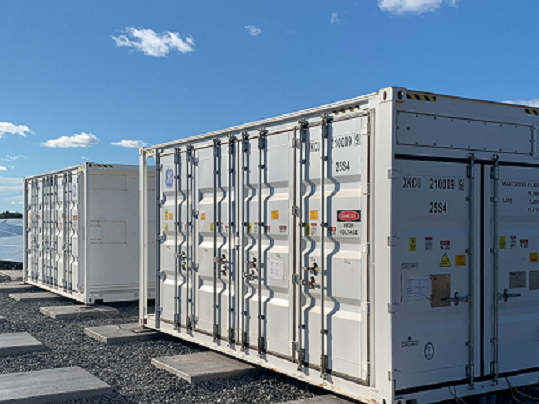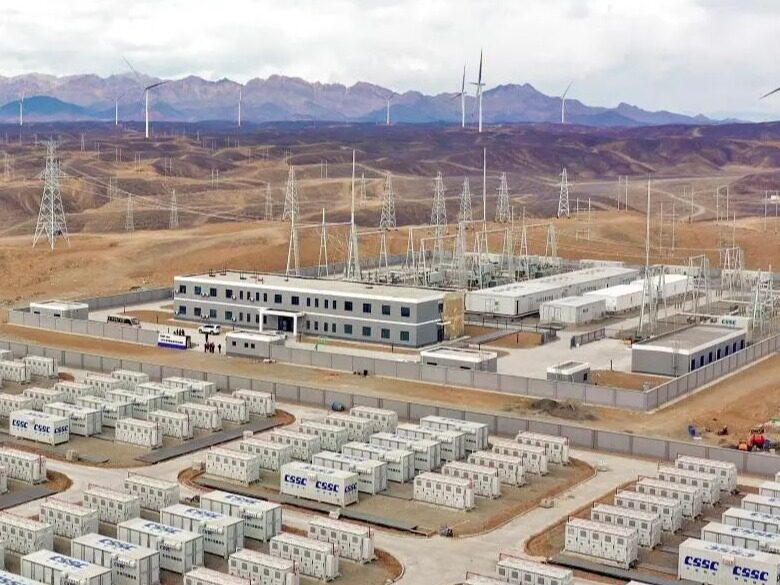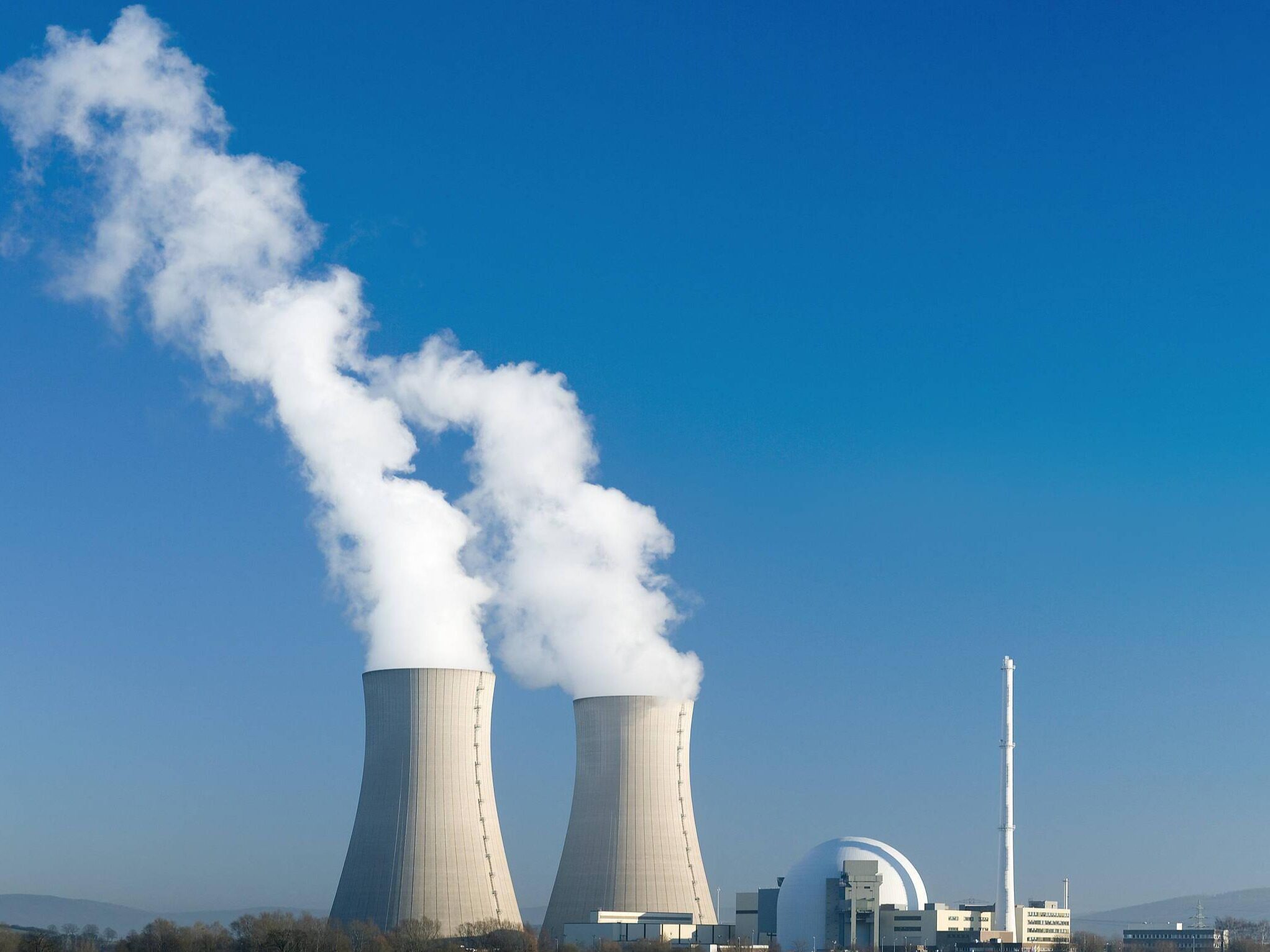- The construction of this project will greatly optimize the power consumption of the southeast coast

At 22:13 on July 15, 2021, at an altitude of 115 meters in the South China Sea, Shapa Town, Yangjiang City, Guangdong Province, with the precise docking of the F34 fan impeller and the engine room, China Three Gorges New Energy (Group) Co., Ltd. invested The construction of Asia’s largest single-capacity offshore wind farm under construction-the Three Gorges Guangdong Yangjiang Shapa Offshore Wind Power Project (hereinafter referred to as the "Three Gorges Shapa Project") has a wind turbine hoisting capacity exceeding 1 million kilowatts, marking the country's first million kilowatts class Offshore wind farms have turned from blueprints to reality, which has important demonstration significance for the centralized and large-scale development of offshore wind power in China.

The Three Gorges Shapa Project is planned for five phases, with a total installed capacity of 1.7 million kilowatts. It is planned to install 269 offshore wind turbines, build a total of 3 sea booster stations, and use 220 kV submarine cables to connect to the onshore centralized control center. Facing the complicated sea area geological and climatic environment, difficult construction technology and high-strength construction organization, the Three Gorges Sand Bar project innovatively uses a variety of construction technologies and basic forms, including suction tube jacket, single-column composite tube, and core column type. Rock-socketed jackets, large-diameter four-pile jackets and other foundation forms are used for the first time in China, and the jacket foundation of the only inclined pile rock-socketed sea rising pressure station for offshore wind power in China has been completed. At the same time, during the construction of the project, the project is striving to seize the construction window period, continuously optimizing the process and improving the work efficiency, and the wind turbine hoisting speed continuously refreshes the domestic offshore wind power construction speed record.
Keywords: power system, engineering news
After the project is fully completed, it can provide about 4.7 billion kilowatt-hours of on-grid power annually, which can meet the annual power consumption of about 2 million households, save about 1.5 million tons of standard coal and reduce carbon dioxide by about 4 million tons. The energy structure transformation of the Hong Kong-Macao Greater Bay Area provides strong support.Editor/Xing Wentao
Comment
 Praise
Praise
 Collect
Collect
 Comment
Comment
 Search
Search














Write something~